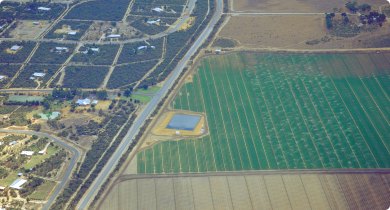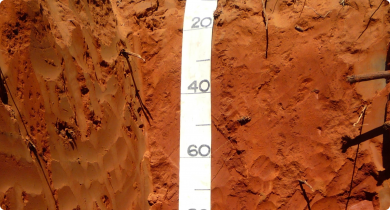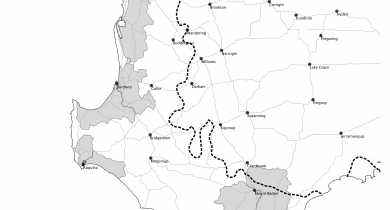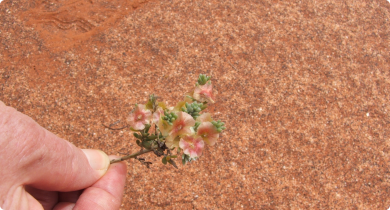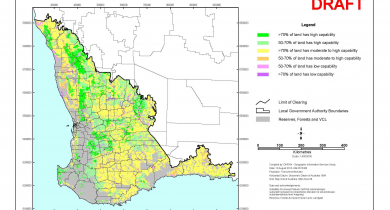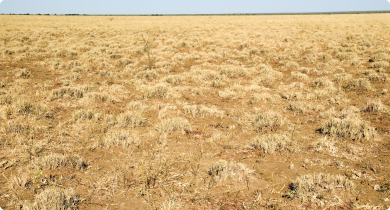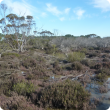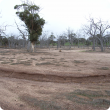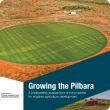Resource assessment
The Department of Primary Industries and Regional Development assesses resource use for sustainable agriculture by carrying out surveillance and project level monitoring; evaluation of resource condition and trends; setting resource assessment standards, systems and procedures; and reporting this information to resource managers. The intent of this work is to establish baselines and targets for resource condition, to assist managers to choose production technologies and systems that maintain or improve resource condition.
Articles
Filter by search
Filter by topic
- (-) Remove Managing soils filter Managing soils
- Soils (7) Apply Soils filter
- (-) Remove Water filter Water
- Soil salinity (6) Apply Soil salinity filter
- Crops (6) Apply Crops filter
- Land use (6) Apply Land use filter
- Report card on conditions and trends (2) Apply Report card on conditions and trends filter
- Pastures (1) Apply Pastures filter
- Water management (1) Apply Water management filter
- New horticulture crops (1) Apply New horticulture crops filter
- Measuring and assessing soils (1) Apply Measuring and assessing soils filter
- Horticulture (1) Apply Horticulture filter
- Irrigated crops (1) Apply Irrigated crops filter
- Assessment for agricultural expansion (1) Apply Assessment for agricultural expansion filter

